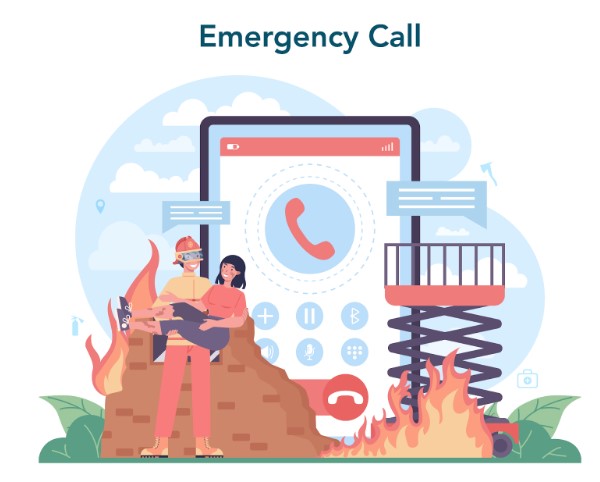An effective evacuation plan is a legal and operational necessity for any Australian business or public facility. It ensures that occupants can exit the premises swiftly and safely in the event of an emergency. Whether it’s a fire, chemical spill, or natural disaster, having a structured and compliant plan in place significantly reduces the risk of injury or chaos during critical situations.
To meet the national safety standards, organizations must align their evacuation strategies with the AS 3745 2010 guidelines. This article explores how to design, implement, and maintain an evacuation plan that complies with this standard.
What Is an Evacuation Plan?
An evacuation plan is a documented procedure that outlines how building occupants should respond during emergencies. It includes the identification of exit routes, assembly areas, communication protocols, roles and responsibilities, and signage requirements. The plan serves as both a safety tool and a compliance document subject to audits and inspections.
Key Components of a Compliant Evacuation Plan
Developing a compliant plan involves more than printing exit diagrams. Below are the essential components:
● Evacuation Diagrams
Visually represent the layout of the building, marked with exit points, fire equipment, and “You Are Here” indicators. They must be placed in visible and strategic locations.
● Emergency Procedures
Clear instructions on what to do in specific emergency scenarios, such as fire, bomb threat, medical emergency, or gas leak.
● Evacuation Routes and Assembly Points
Identified paths leading occupants to safe zones, away from the building. These must be regularly maintained and unobstructed.
● Roles and Responsibilities
Assigning tasks to trained individuals such as wardens, first-aid officers, and communications personnel. Their duties should be clearly defined in the emergency plan.
● Alarm and Communication Systems
Document the types of alarms used and the procedures for internal and external communication during evacuation events.
Developing the Plan: Step-by-Step Process
A methodical approach ensures your plan is both functional and compliant:
Step 1: Risk Assessment
Analyze potential hazards specific to your premises—electrical equipment, flammable substances, or environmental risks like bushfires.
Step 2: Site Layout Analysis
Examine your facility’s structure, number of occupants, and access points to determine appropriate exit strategies.
Step 3: Design Diagrams
Create easy-to-understand evacuation diagrams that reflect your current floor plan, including stairwells, lifts, fire exits, and equipment locations.
Step 4: Assign Responsibilities
Designate and train emergency response personnel, ensuring adequate coverage across shifts and departments.
Step 5: Communication Protocol
Outline the chain of command and notification process for emergencies. Include contact details for local emergency services.
Step 6: Display and Distribution
Place evacuation diagrams in prominent locations and distribute written plans to all staff. Ensure new employees are inducted with this information.
Maintenance and Review
Compliance is not a one-time task. Regular reviews and updates are mandatory:
- Annual review or whenever structural changes occur
- Routine drills to test the effectiveness of the plan
- Equipment checks for fire alarms, extinguishers, and signage
- Warden retraining every 6 to 12 months
Documentation should be maintained to prove ongoing compliance.
Integrating Technology in Evacuation Planning
Modern safety management includes digital tools such as:
- Electronic diagram updates
- SMS alert systems for occupants
- Cloud-based training modules
- QR code access to safety instructions
These tools enhance response time, especially in large or multi-site organizations.
Aligning with AS 3745 2010 Standard
The as 3745 2010 standard sets the national guidelines for emergency planning in facilities. It outlines the structure of emergency control organizations (ECO), roles of chief wardens, and mandatory features of evacuation diagrams. Compliance with this standard is not optional—it is essential for legal and operational accountability.
Organizations found non-compliant may face penalties or liability during incident investigations. Therefore, ensuring your plan adheres to this standard is both a legal and ethical responsibility.
Final Thoughts
Creating a compliant evacuation plan requires a mix of regulatory understanding, situational awareness, and operational commitment. Following the structured process outlined above, and aligning it with as 3745 2010, ensures that businesses not only meet legal obligations but also protect their people and property in critical moments.
Investing in a clear, tested, and well-maintained evacuation plan isn’t just about ticking a box—it’s about readiness, resilience, and responsibility.


